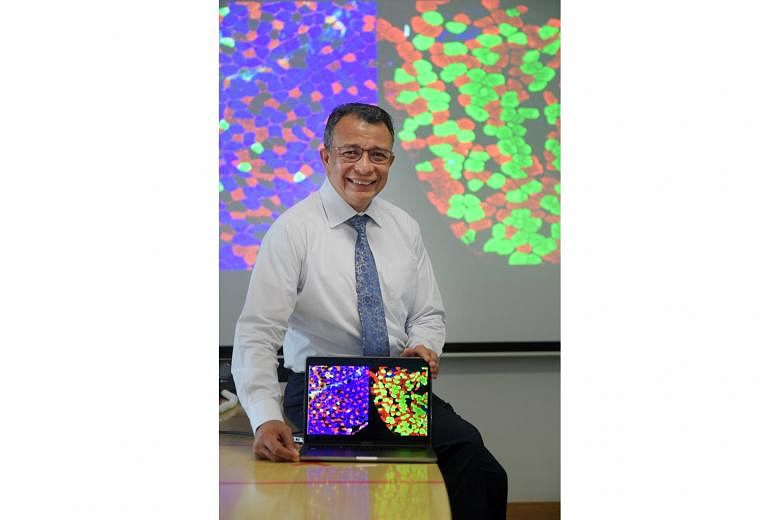The frail elderly and post-surgery patients who are too weak to undergo physical rehabilitation may be able to do so when a protein in the body is activated by magnetic fields, causing muscles to respond as if the patient has exercised.
A team of researchers from the National University of Singapore (NUS) are hopeful that now that they understand how the TRPC1 protein responds to magnetic fields, it can lead to targeted therapy.
Associate Professor Alfredo Franco-Obregon from the university's Institute for Health Innovation and Technology said that with TRPC1-based therapies, intensive care unit (ICU) patients may not have to wait till they can move to undergo rehabilitation and regain their muscle strength.
"Drug development can take place... You can make a drug that activates TRPC1. You can reinstitute TRPC1 to damaged tissues.
"By knowing the target, we know the processes involved, and now we have a way of regulating that process," said Prof Franco-Obregon, who is also from the NUS department of surgery.
Last year, the researchers developed a magnetic field-generating device and tested it on patients and seniors.
When a number of seniors used the device, the researchers found that by placing their legs in the cylindrical machine twice a week, for 10 weeks, the seniors saw at least a 10 per cent increase in their limb strength.
But it was only recently that Prof Franco-Obregon and his team understood why this happened.
They learnt that when TRPC1 was exposed to magnetic fields, it started taking up calcium, which activated a cascade of enzymes and substances that caused muscles to produce energy and get stronger.
To prove that magnetic fields activated the protein, the researchers created vesicles - tiny sacs containing TRPC1 - and inserted them into mutant muscle cells that had the proteins removed. The TRPC1 in the vesicles responded to the magnetic fields and started taking up calcium.
The NUS team, which worked with the Swiss Federal Institute of Technology on the TRPC1 study, had their paper featured on the cover of the journal Advanced Biosystems last Friday.
Prof Franco-Obregon is hopeful that targeted therapy can be administered to prevent the loss of muscle in ICU patients and seniors.
"Naturally, we start losing muscle from about midlife until we die. It gets critical when seniors develop sarcopenia - a condition where you have so little muscle that you can't even support bodily functions. Your other systems start to go kaput, and you become even less active. And then the process just accelerates.
"Our hope is that by activating TRPC1, we can short-circuit that escape from control."
There may be another benefit - when muscles are activated either through exercise or the protein, a series of metabolic activities are also triggered, from burning fat to increasing insulin sensitivity, which reduces blood sugar levels.
With that in mind, Prof Franco-Obregon is currently carrying out clinical trials with moderately diabetic patients to see if TRPC1-based therapy can reduce the patients' reliance on drugs to manage their diabetes.
But there is a catch. If a certain class of antibiotics, called aminoglycosides, are in the body, the TRPC1 protein gets blocked and is unable to respond to magnetic fields and mechanical forces like exercise.
Aminoglycoside antibiotics are used to treat conditions such as abdomen, urinary tract and bloodstream infections.
This means that frail, diabetic or post-surgery patients who are on these antibiotics cannot benefit from TRPC1.
For such patients, other antibiotics have to be used, or this gap could drive further medical research, said Prof Franco-Obregon.


